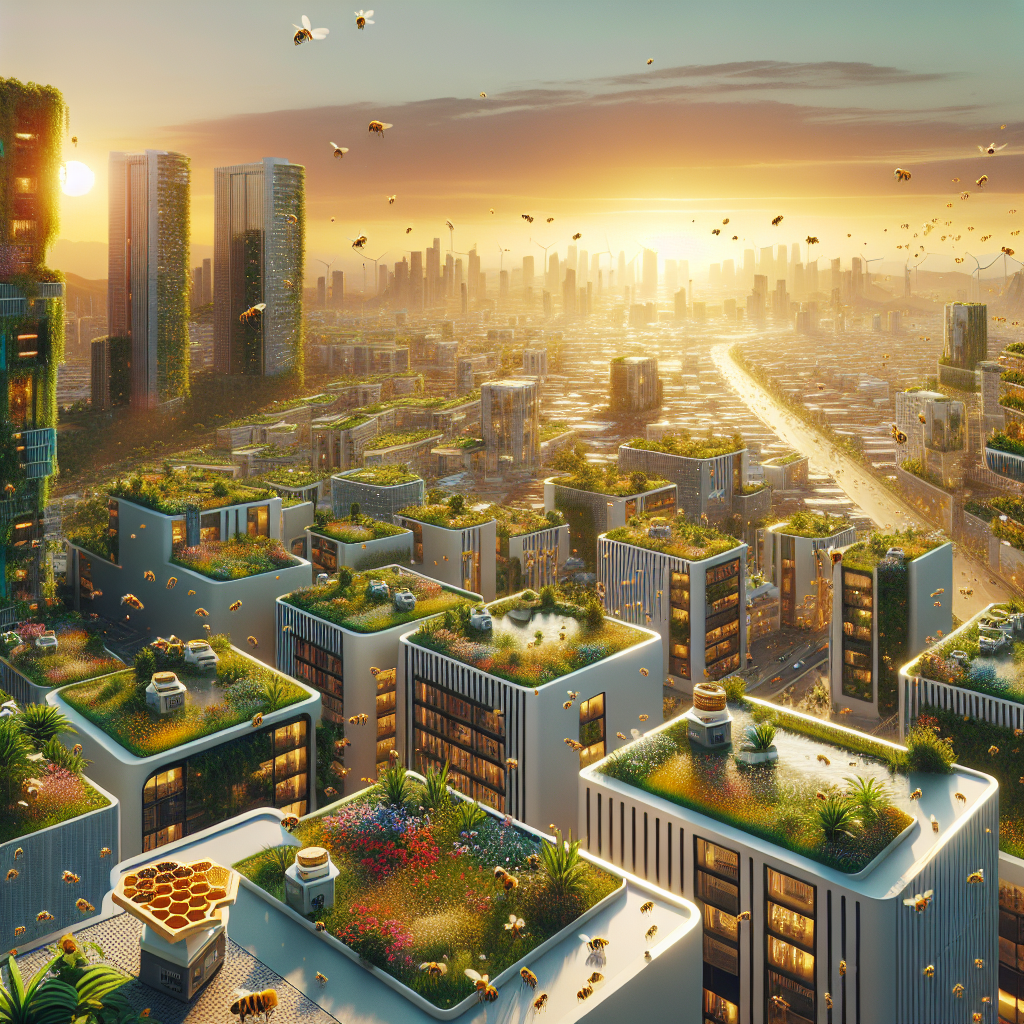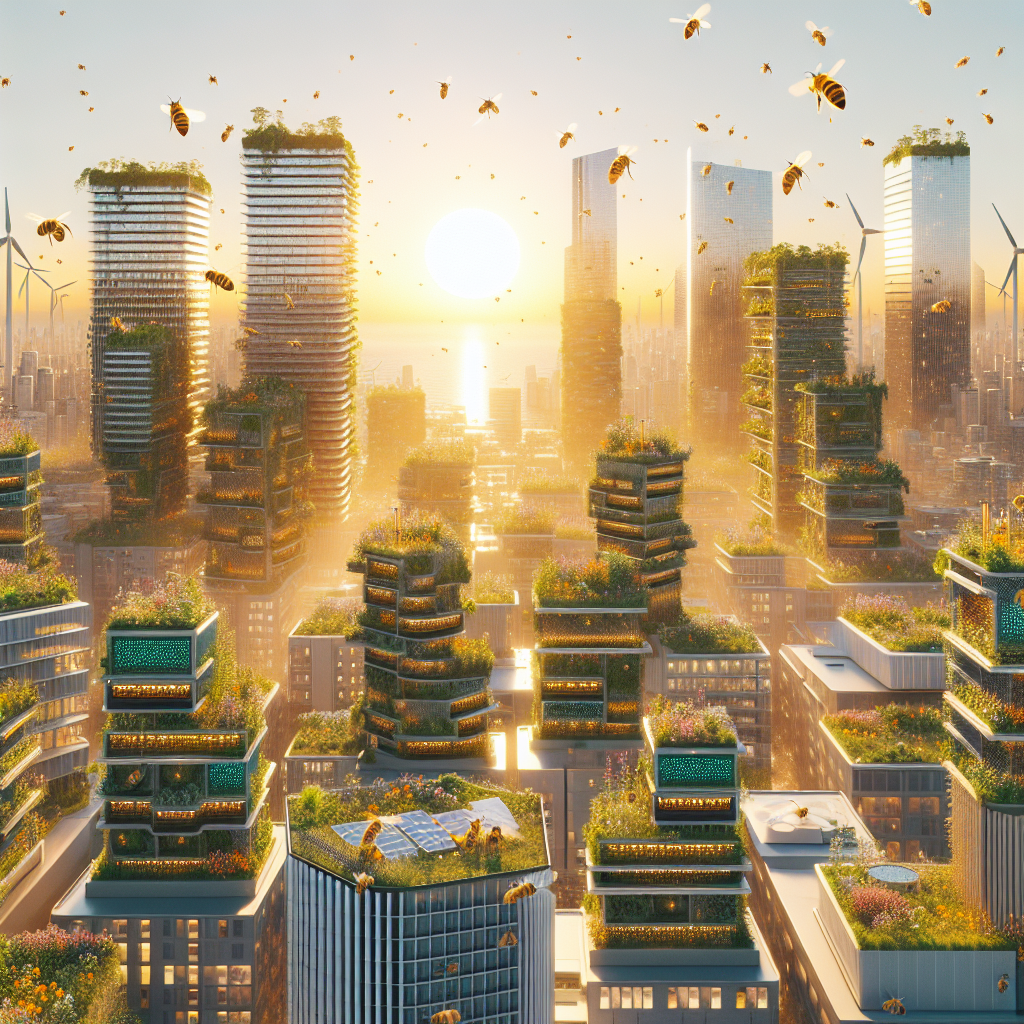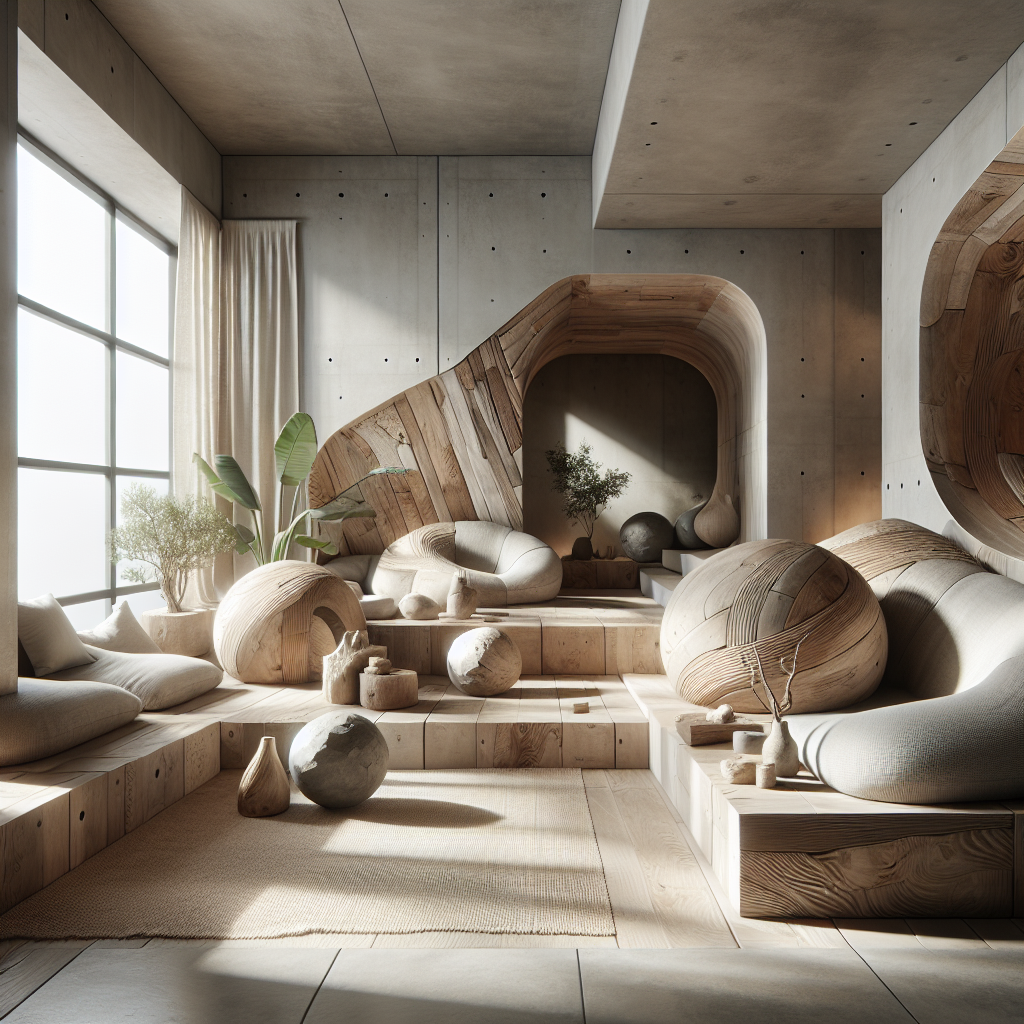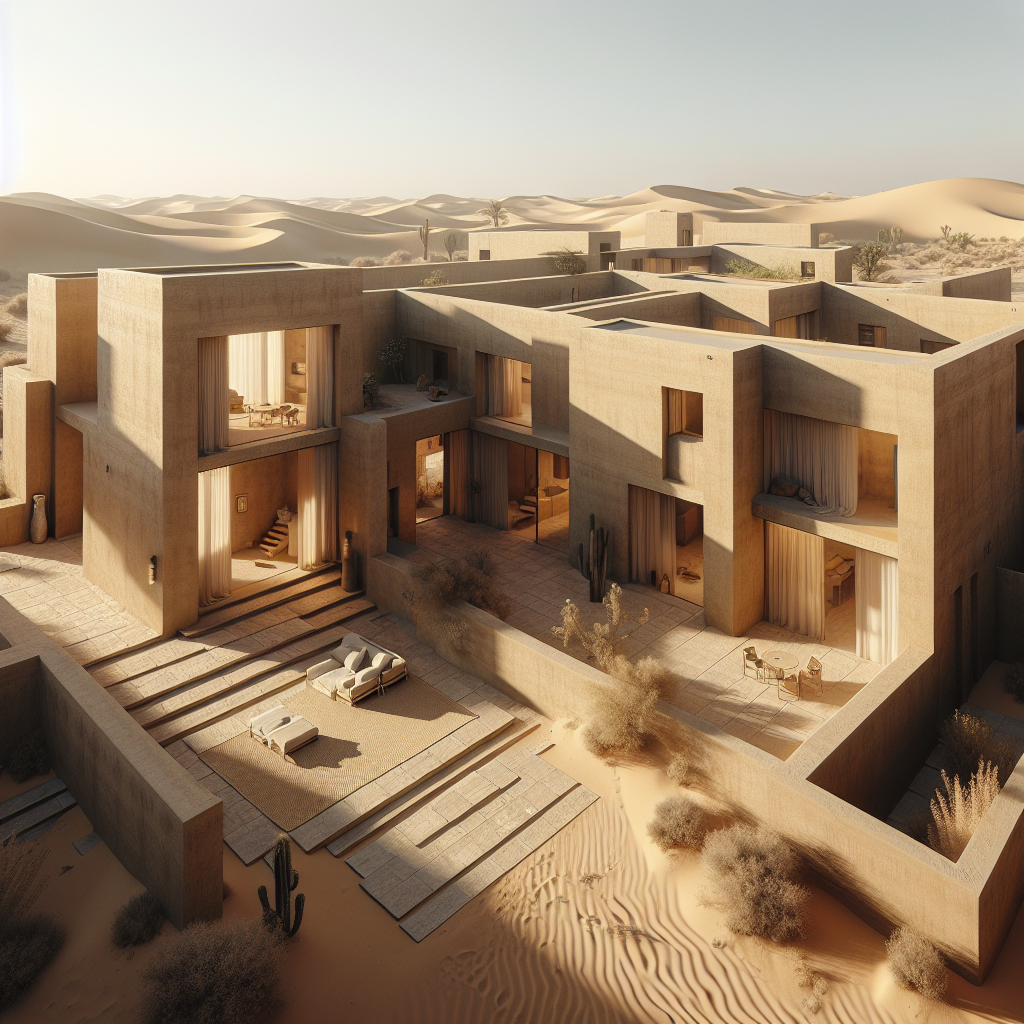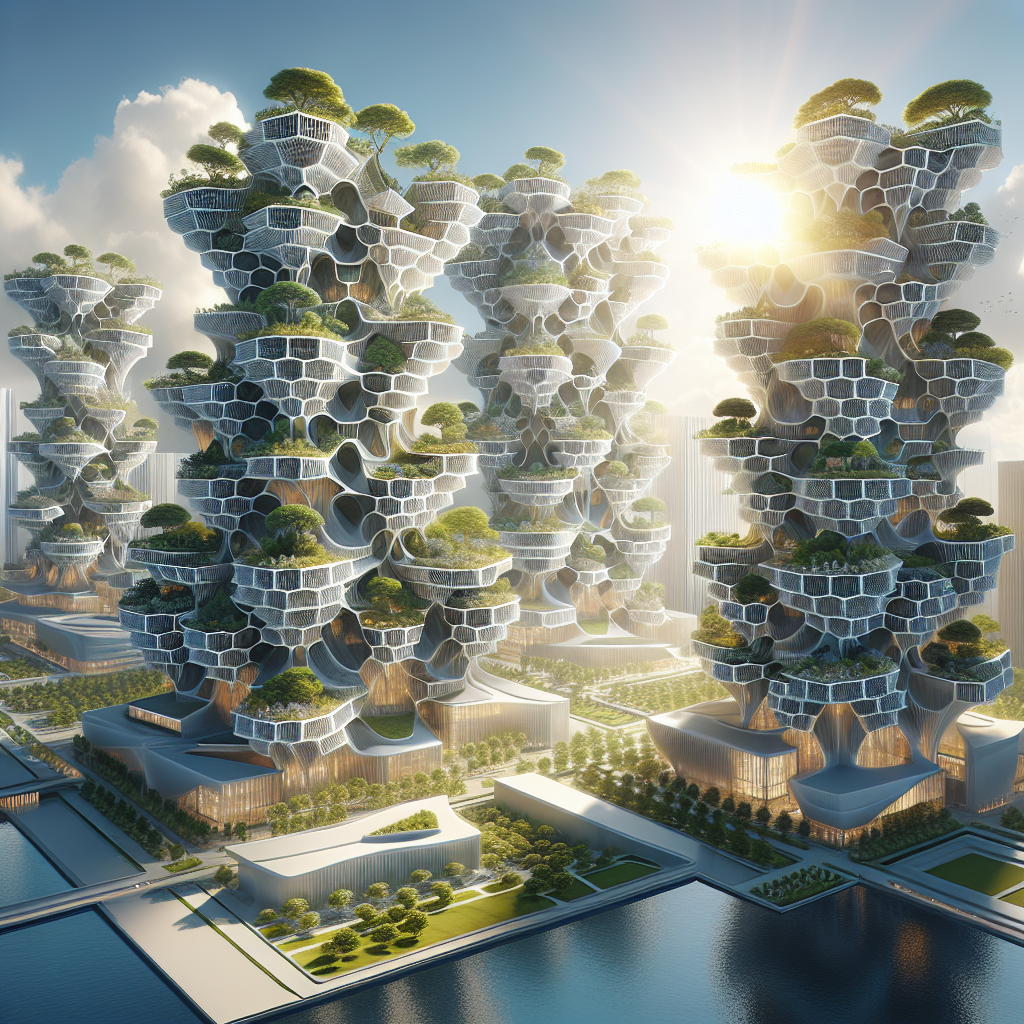Symbiotic rooftop beekeeping: pollination integrated with architecture
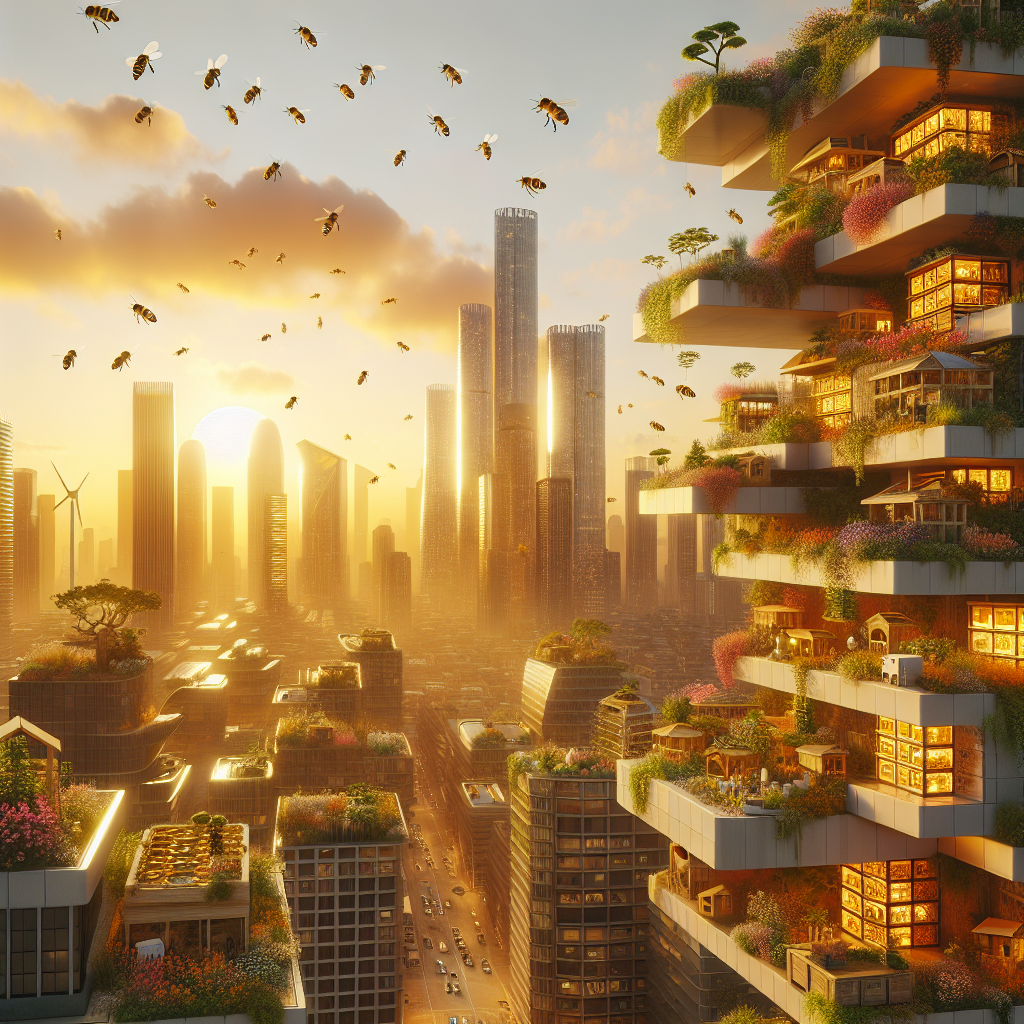
Symbiotic Rooftop Beekeeping: Pollination Integrated with Architecture
Urban landscapes are undergoing a radical transformation, with architects and designers increasingly incorporating biophilic design principles into their projects. One of the most intriguing developments in this movement is the integration of rooftop beekeeping into modern architecture. By merging pollination with the built environment, cities are not only enhancing biodiversity but also creating sustainable, self-sufficient ecosystems.
The Rise of Urban Beekeeping
As cities expand, green spaces shrink, leaving pollinators with fewer habitats. This has led to a global decline in bee populations, which are essential for food production and ecological balance. In response, architects and urban planners are turning to biophilic design to reintroduce nature into the urban fabric. Rooftop beekeeping has emerged as a viable solution, transforming underutilized spaces into thriving pollinator sanctuaries.
Paris, London, and New York have already embraced this trend, with beehives perched atop iconic buildings such as the Opéra Garnier and the Whitney Museum. These initiatives not only support biodiversity but also produce hyper-local honey, fostering a deeper connection between urban dwellers and their environment.
Architectural Innovations Supporting Pollinators
Designers are now crafting buildings that actively support pollinators. Green roofs, vertical gardens, and integrated hive structures are becoming standard features in sustainable architecture. Some projects go even further, incorporating green roofs that serve as both pollinator habitats and insulation systems, reducing energy consumption.
For instance, the Bee Brick, developed in the UK, is a modular building component that provides nesting sites for solitary bees. Similarly, the Bosco Verticale in Milan integrates vegetation across its facade, offering a continuous food source for pollinators. These innovations highlight how architecture can function as an extension of natural ecosystems rather than a disruption.
The Environmental and Economic Benefits
Beyond aesthetics, integrating beekeeping into architecture has tangible environmental and economic advantages. Pollinators enhance urban agriculture by increasing crop yields in community gardens and rooftop farms. This aligns with the broader movement towards urban farming, which seeks to localize food production and reduce carbon footprints.
Additionally, honey produced in urban settings often contains fewer pesticides than its rural counterparts, making it a premium product. Some luxury hotels and restaurants have capitalized on this by offering exclusive, in-house honey, reinforcing their commitment to sustainability.
Challenges and Considerations
Despite its benefits, rooftop beekeeping presents challenges. Not all urban environments are suitable for beehives, as pollution and limited forage can impact colony health. Moreover, maintaining hives requires expertise, necessitating partnerships with local beekeepers or training programs for building staff.
There is also the issue of public perception. While bees are crucial to ecosystems, some residents may fear stings or allergic reactions. Transparent communication and educational initiatives can help alleviate concerns, fostering a culture of coexistence.
The Future of Pollinator-Friendly Cities
As climate change accelerates, cities must adapt by integrating nature into their infrastructure. The concept of biodegradable architecture and regenerative design is gaining traction, with pollinator-friendly structures playing a key role in this evolution.
Future developments may include AI-powered hive monitoring systems, self-sustaining pollinator corridors, and legislation mandating green infrastructure in new constructions. By embracing these innovations, urban centers can become resilient ecosystems where architecture and nature exist in harmony.
Ultimately, symbiotic rooftop beekeeping is more than a trend—it is a testament to the potential of design to heal the planet. By weaving pollination into the fabric of our cities, we are not only preserving biodiversity but also redefining the relationship between the built and natural worlds.
“`
